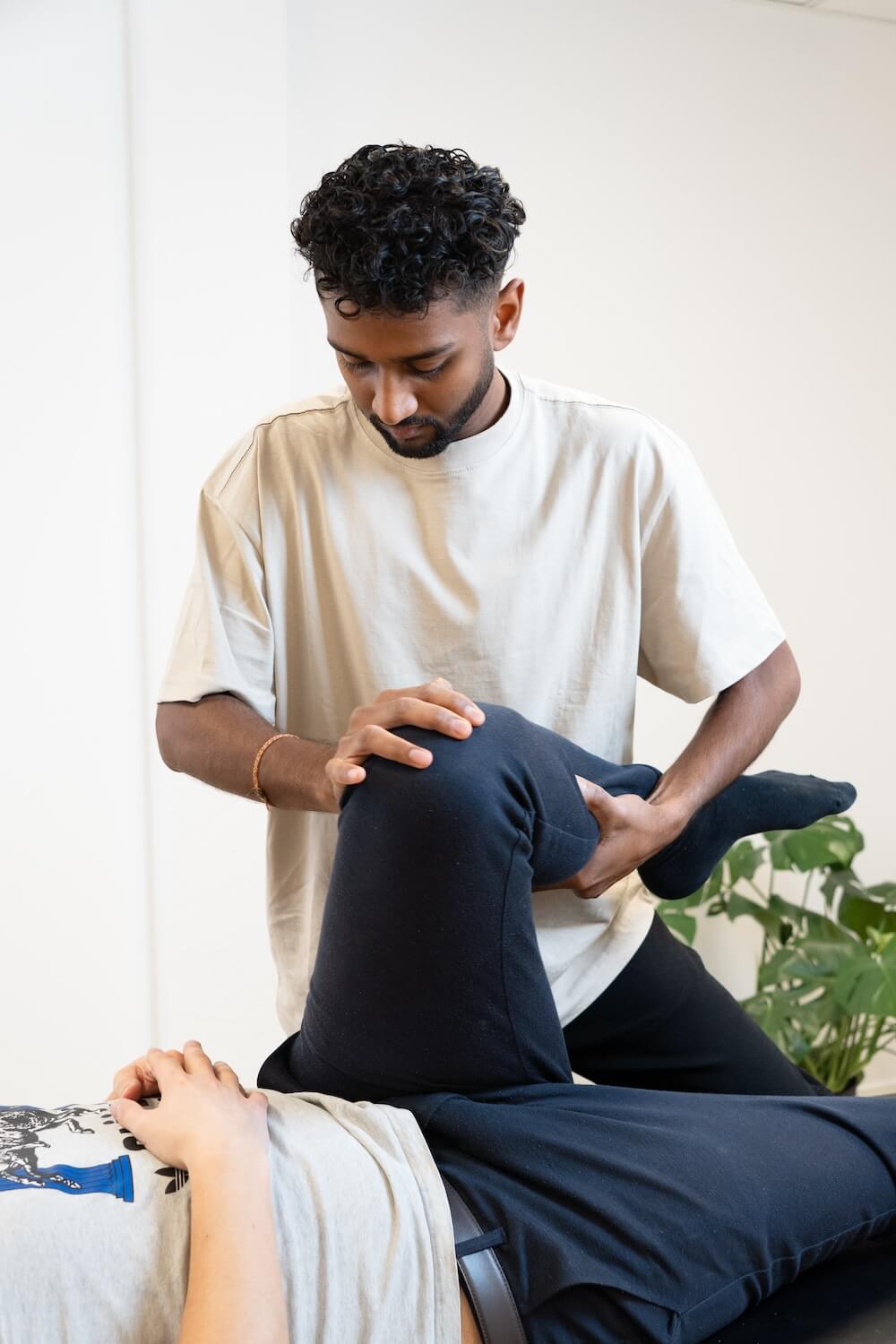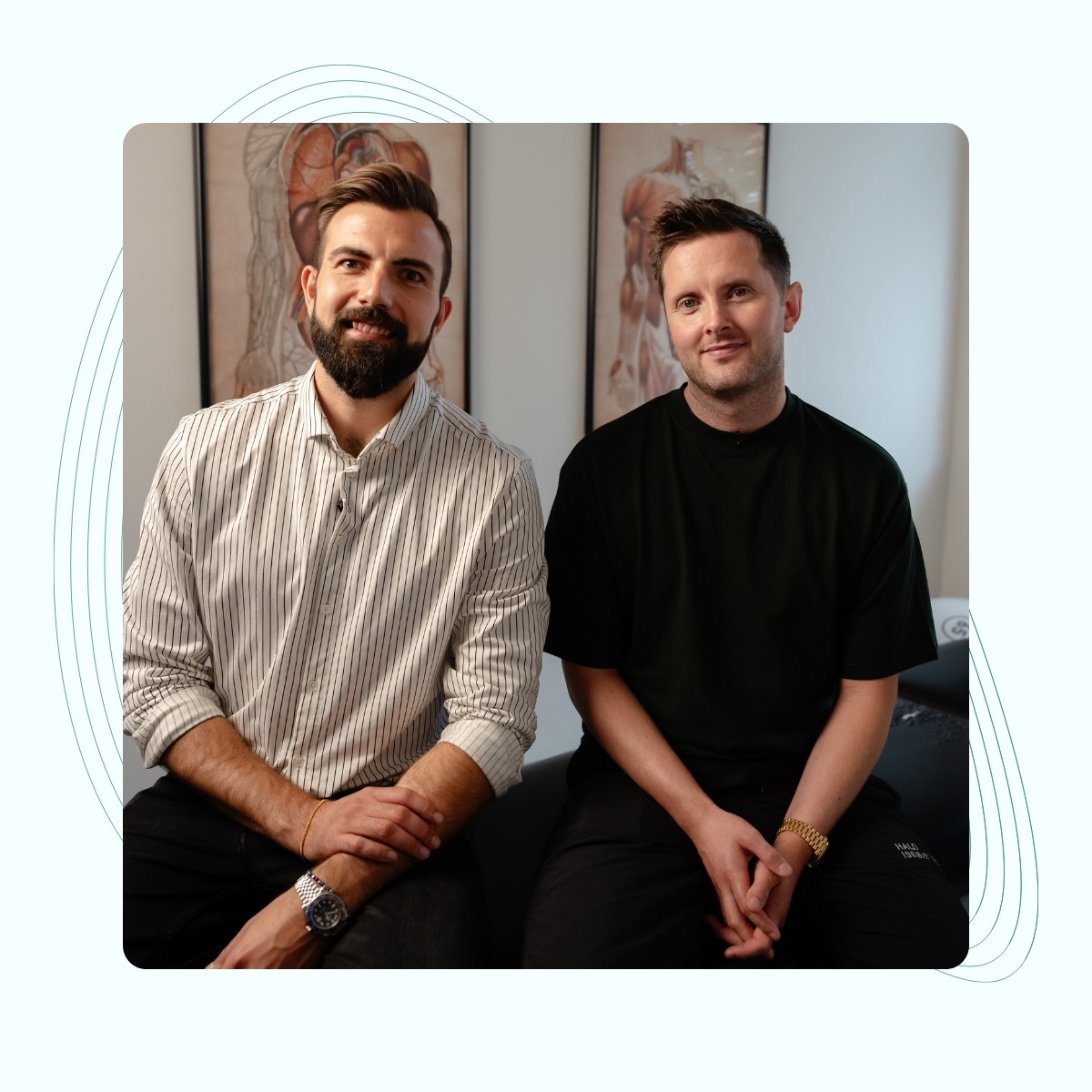We treat
Meniscus injuries & pain
Learn more about meniscus injuries & pain on this subpage
Meniscus injuries
On an annual basis, approximately 15% of the population is affected by knee injuries. Of these knee injuries, injuries and problems with the meniscus make up a large part of this number. An even larger group is also treated conservatively, i.e. with exercise or other forms of treatment. Studies have shown that conservative treatment of meniscus injuries and pain is at least as effective as meniscus operations (also known as meniscus surgery).
Jump to seciton [Vis]
The function of the menisci
There are 2 menisci in the knee, the medial and the lateral.
The menisci are located between the femur and the tibia. They divide the knee into 4 functional joints. The menisci are held to the tibia by various ligaments. Only a small part of the meniscus is nourished by blood vessels, but the majority is nourished by the fluid in the knee joint itself. This means that problems with the meniscus take a long time to heal. The function of the menisci is to ensure that the femur and tibia can move safely in relation to each other. They also contribute to the stability of the knee. On the back of the inner meniscus, one of the hamstring muscles attaches, and on the back of the outer meniscus, a muscle that is located on the back of the knee attaches.
This means that dysfunction of the muscles, or other factors that affect the two muscles, can lead to increased stress on the meniscus.
Different types of meniscus injuries / meniscus pain
Meniscus injuries and meniscus pain are divided into two groups, structural meniscus injuries and functional meniscus injuries.
Structural meniscus injuries / meniscus pain
This means that the structure of the meniscus itself is damaged, meaning that there is a crack or tear in the meniscus.

Causes of structural meniscus damage/meniscus pain
Trauma in the form of a twisting of the knee, a fall on the knee or a blow to the knee is always the underlying cause of the damage to the structure. Structural meniscus injuries or pain are often seen in sports such as skiing, ice skating, roller skating, tennis, cycling, running and contact sports such as football and handball.
Symptoms of structural meniscus damage / meniscus pain
These symptoms occur suddenly and often in connection with trauma. Locking of the knee where the knee cannot be fully extended, sharp jabs deep in the knee and pain when putting weight on the knee are typical symptoms of structural meniscus damage and pain.
In some cases, swelling on the back of the knee (Baker’s cyst) can be a sign of meniscus damage or problems.
Functional meniscus injuries / meniscus pain
When the injuries are functional, it means that the function of the meniscus cannot be maintained due to dysfunction or lack of mobility of structures that are important to the meniscus.
Causes of functional meniscus injuries / meniscus pain
The causes are always dysfunction or lack of mobility of the structures that attach to the menisci. Previous knee surgeries and scar tissue can reduce mobility in the knee. Cartilage lesions and damage to the cartilage in the knee can also contribute to functional damage or pain. However, dysfunction of the muscles that attach to the menisci is the biggest cause of functional damage or pain of the menisci. Hip and pelvic pain, back pain, ankle injuries, and stiffness in the chest are often the reason for dysfunction of these muscles.
Symptoms of functional meniscus injuries / meniscus pain
The most symptomatic feature of a functional meniscus injury or meniscus pain, in contrast to the structural type of meniscus pain and meniscus injury, is that the symptoms gradually develop and worsen. Weight-bearing activities such as running, strength training and heavy weight-bearing of the knee will often be painful. Pain, pressure and stiffness as well as swelling of the knee are often typical symptoms of a functional meniscus pain or injury. Locking or a locked knee can also occur.

Osteopathic treatment of meniscus injury
We are experts in finding the causes of and treating meniscal injuries and pain. We examine and treat all systems in the body; musculoskeletal system, nervous system, organ system, blood system and cranial system to optimize the body’s own healing mechanism so that it can repair and heal itself.

Often related injuries
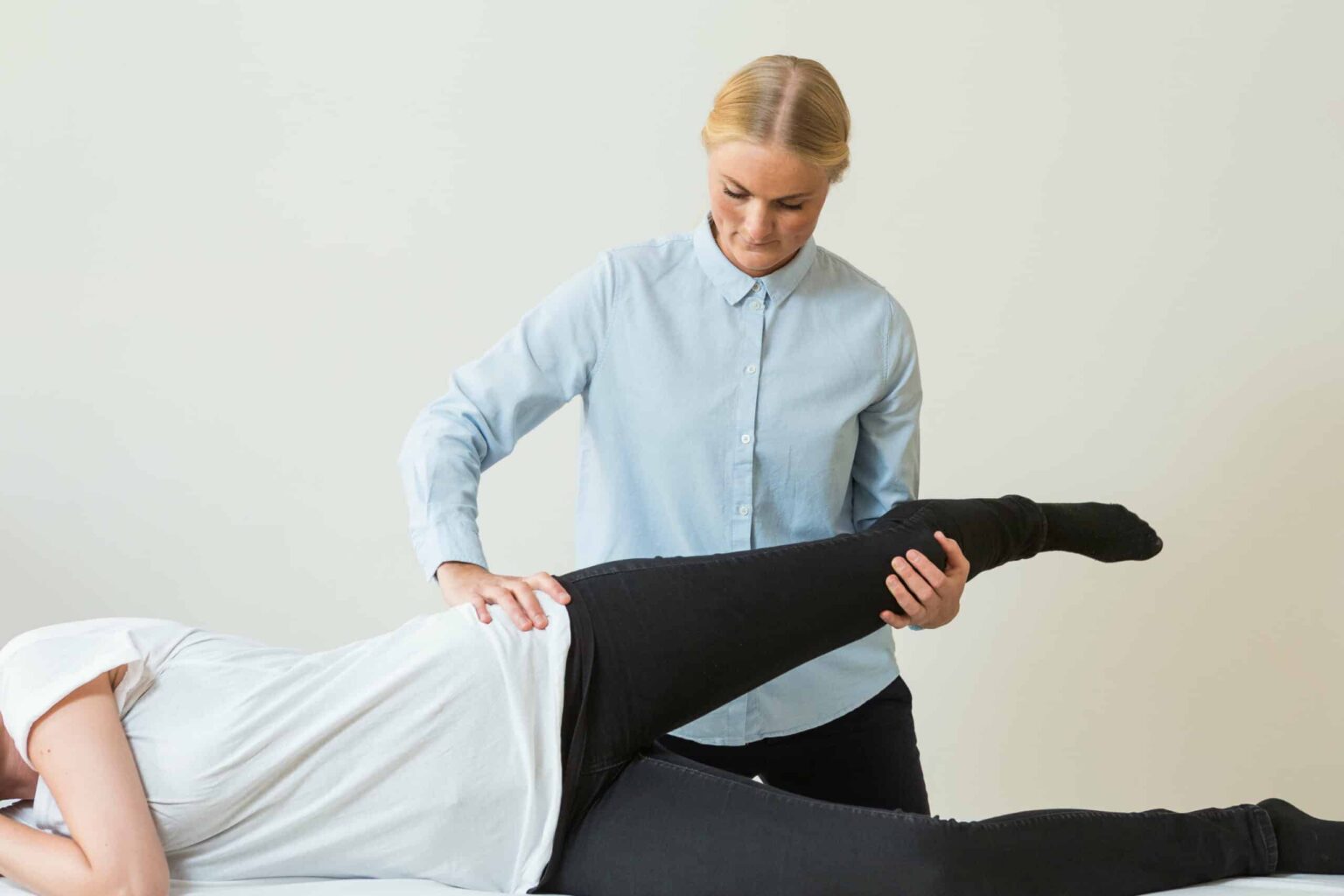
Restless Legs Syndrome (RLS)
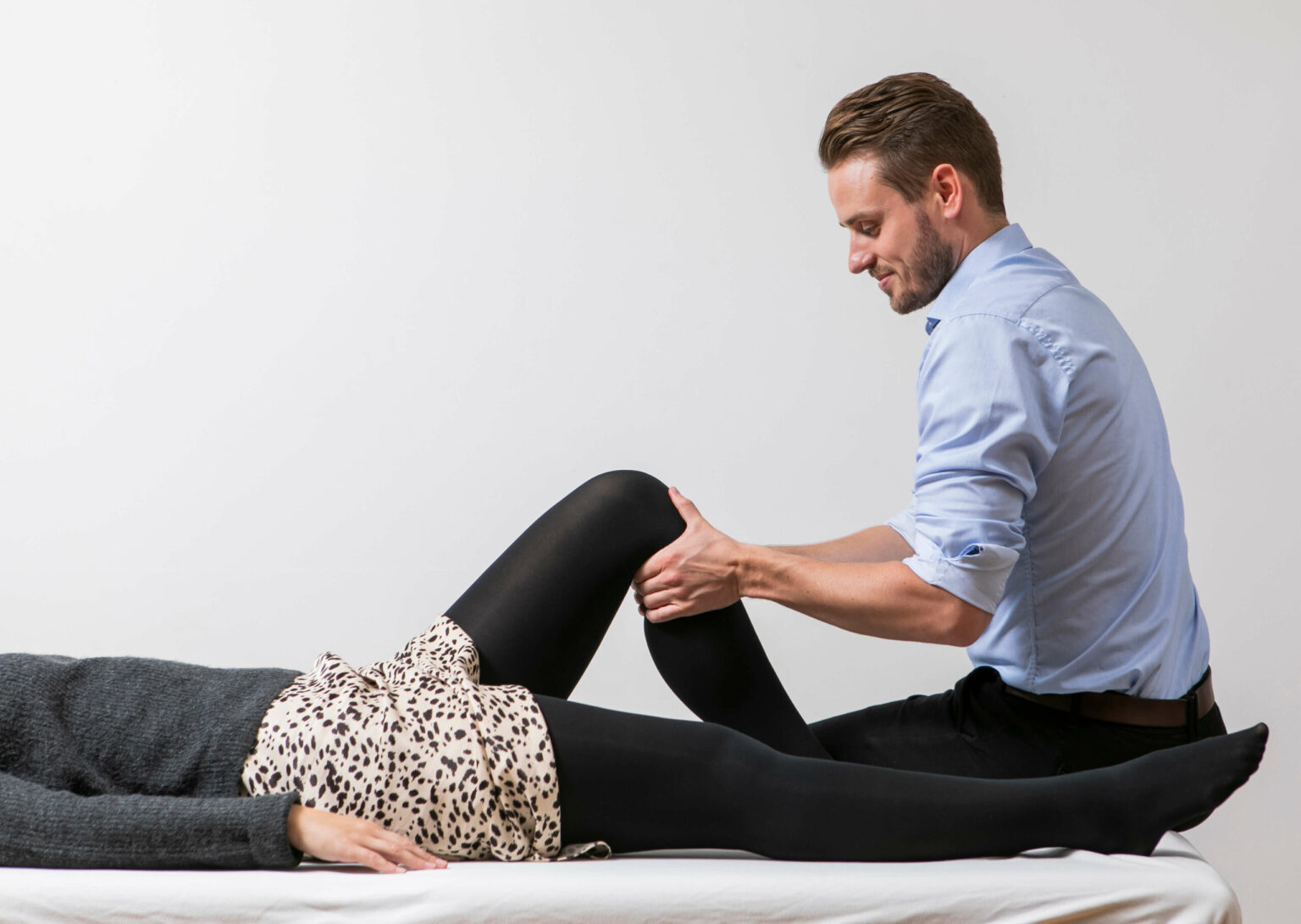
Cruciate ligament injuries – ACL/PCL
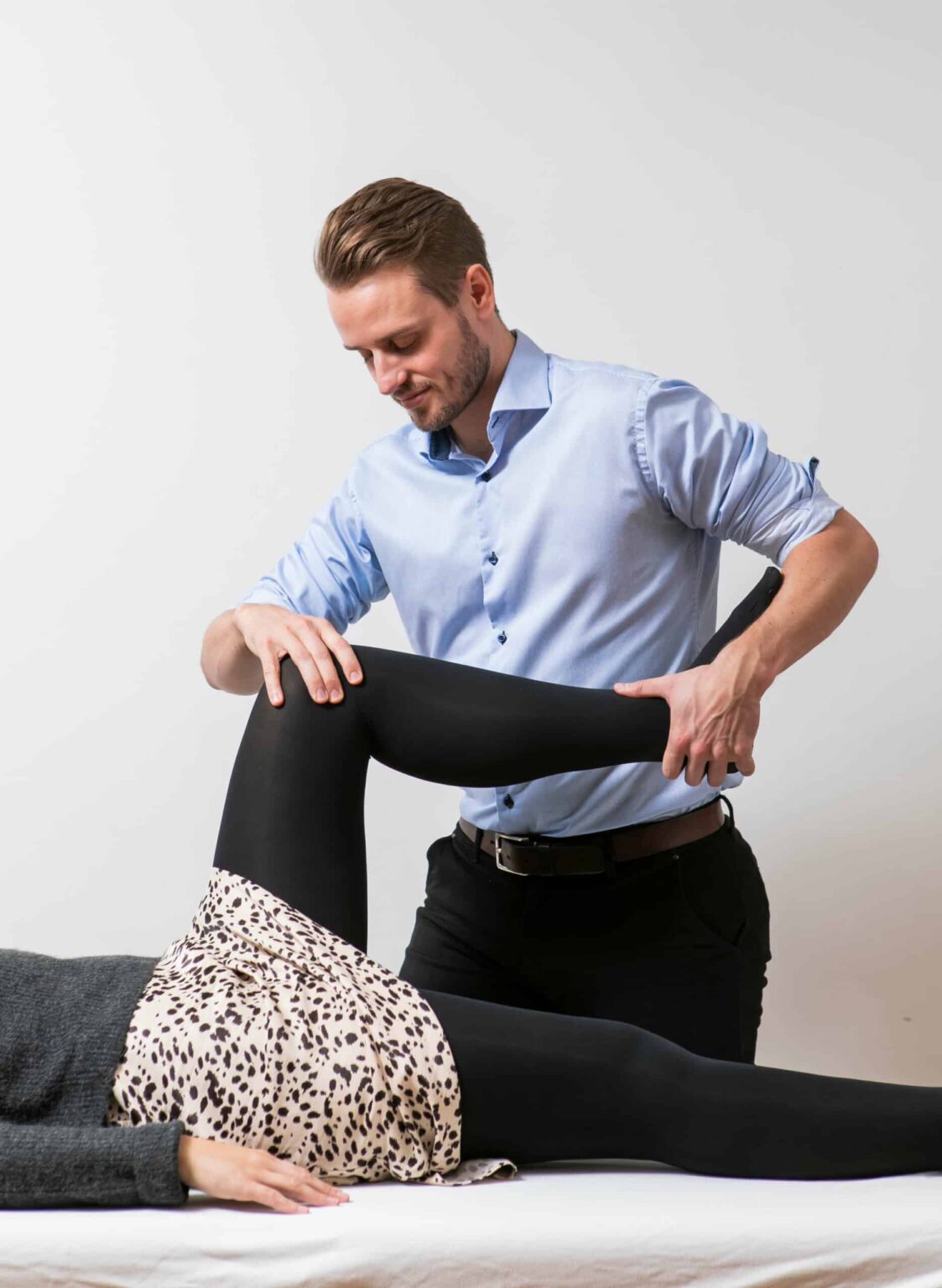
Synovial Plica
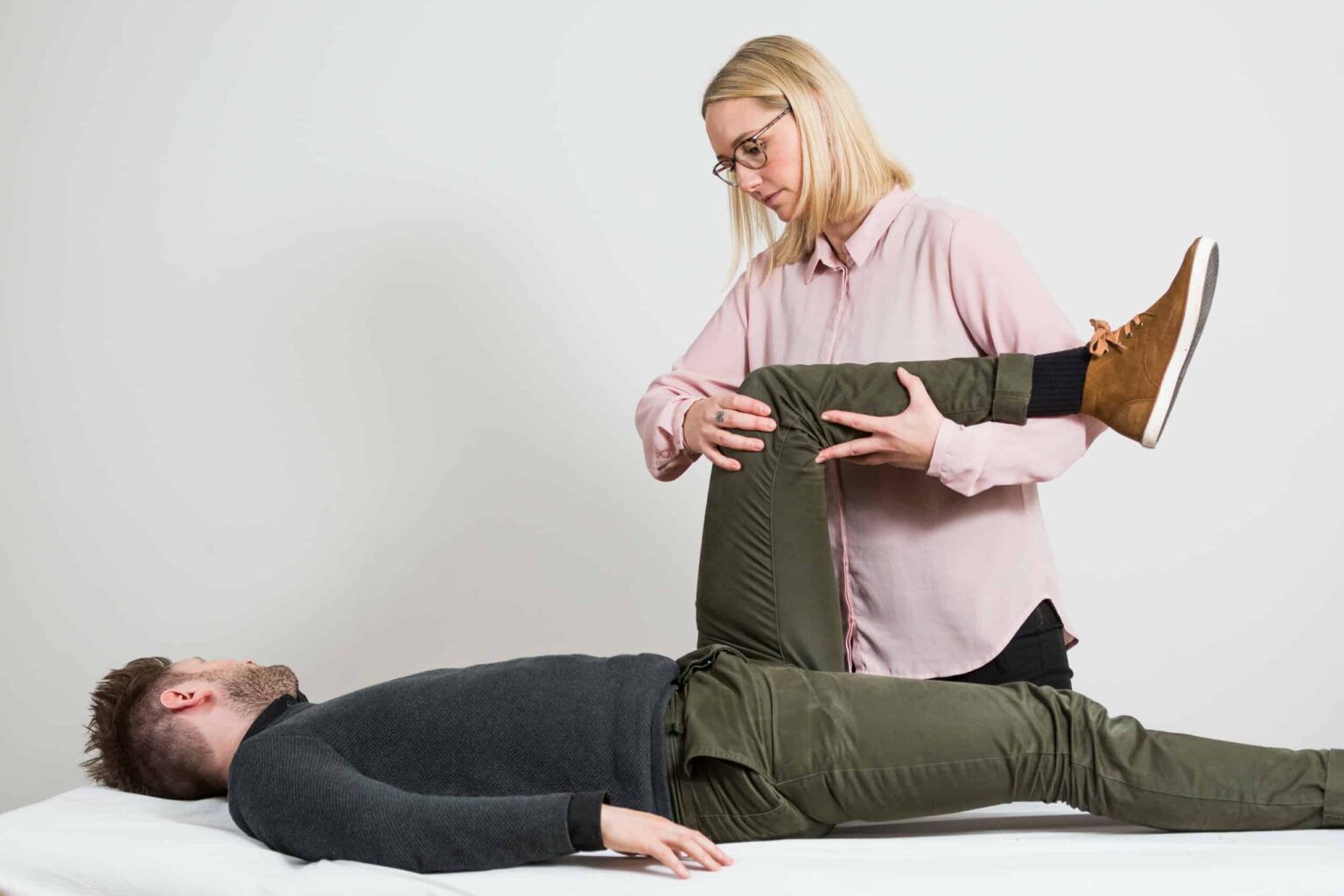
Pes anserinus tendinitis
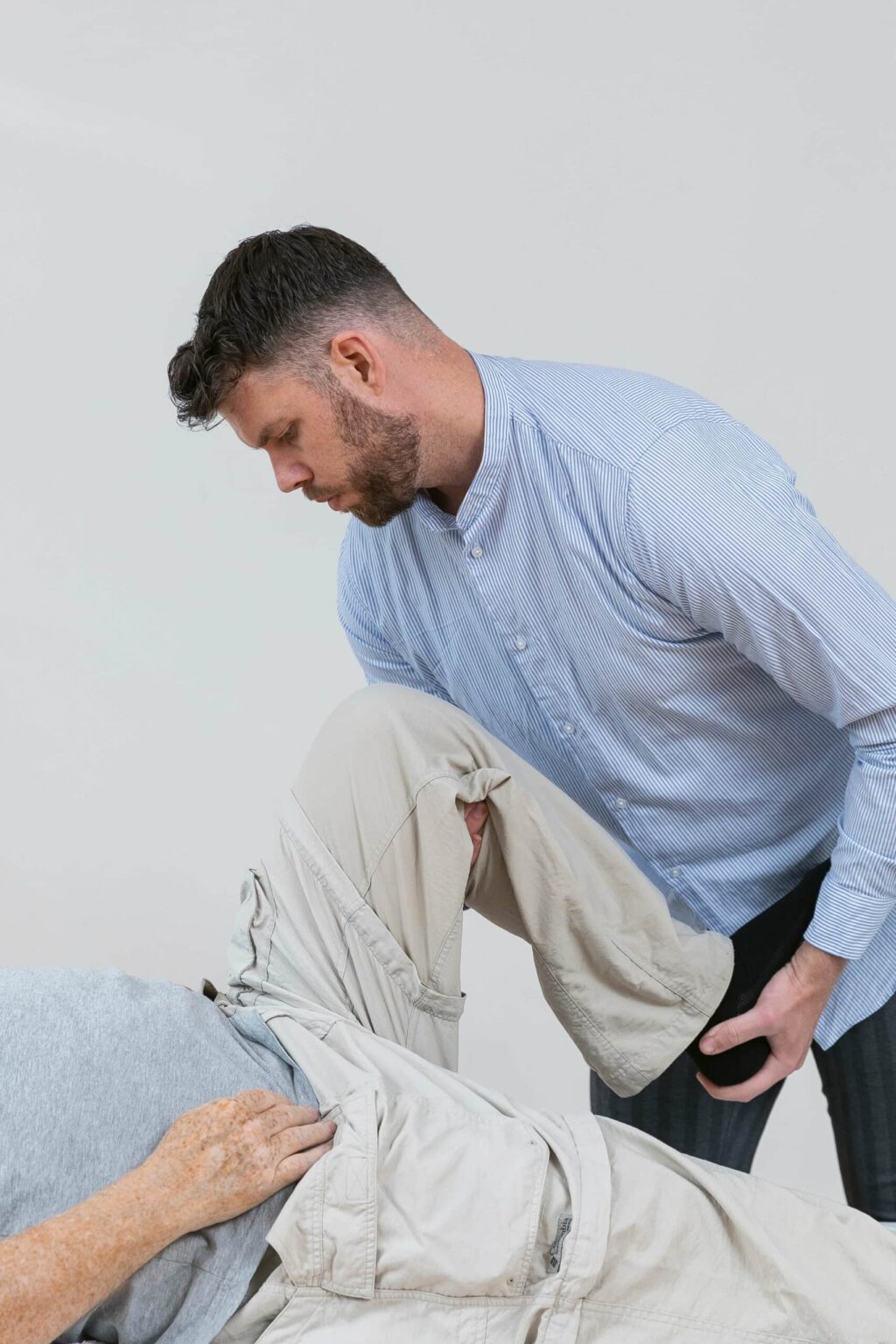
Jumper’s knee

Knee plica inflammation
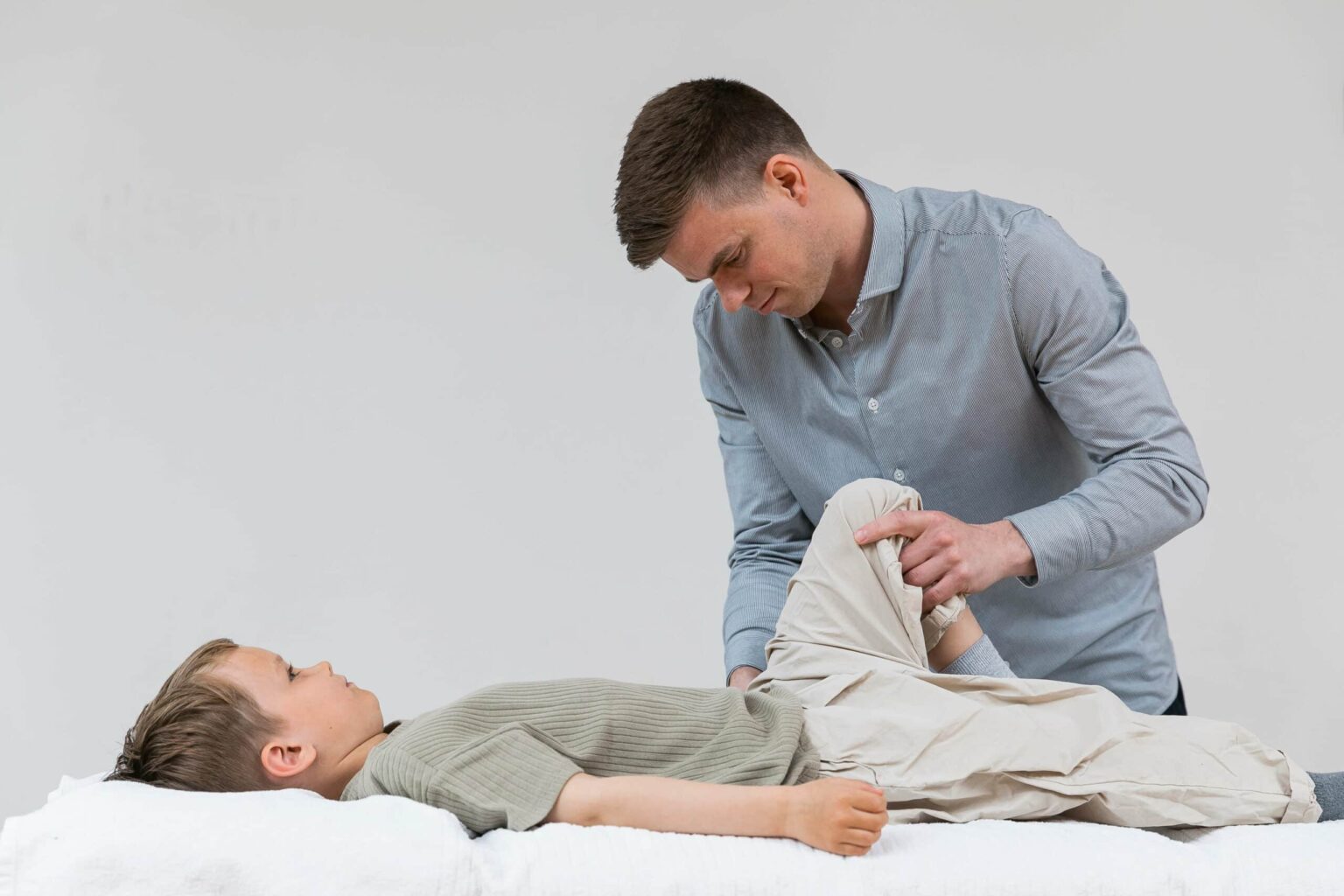
Osgood Schlatter
